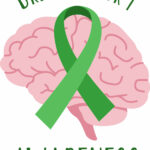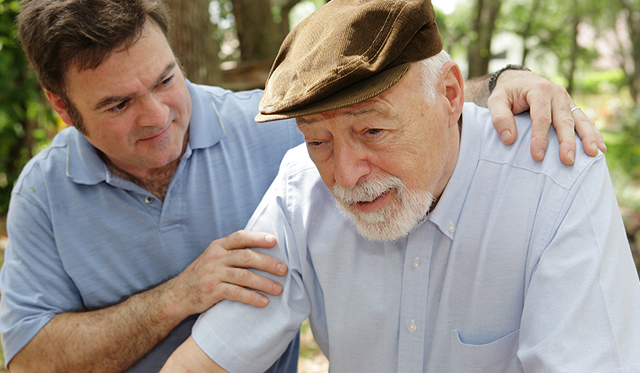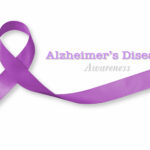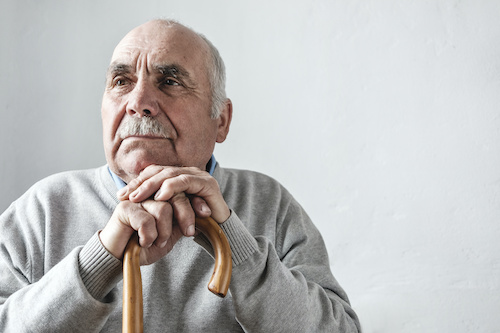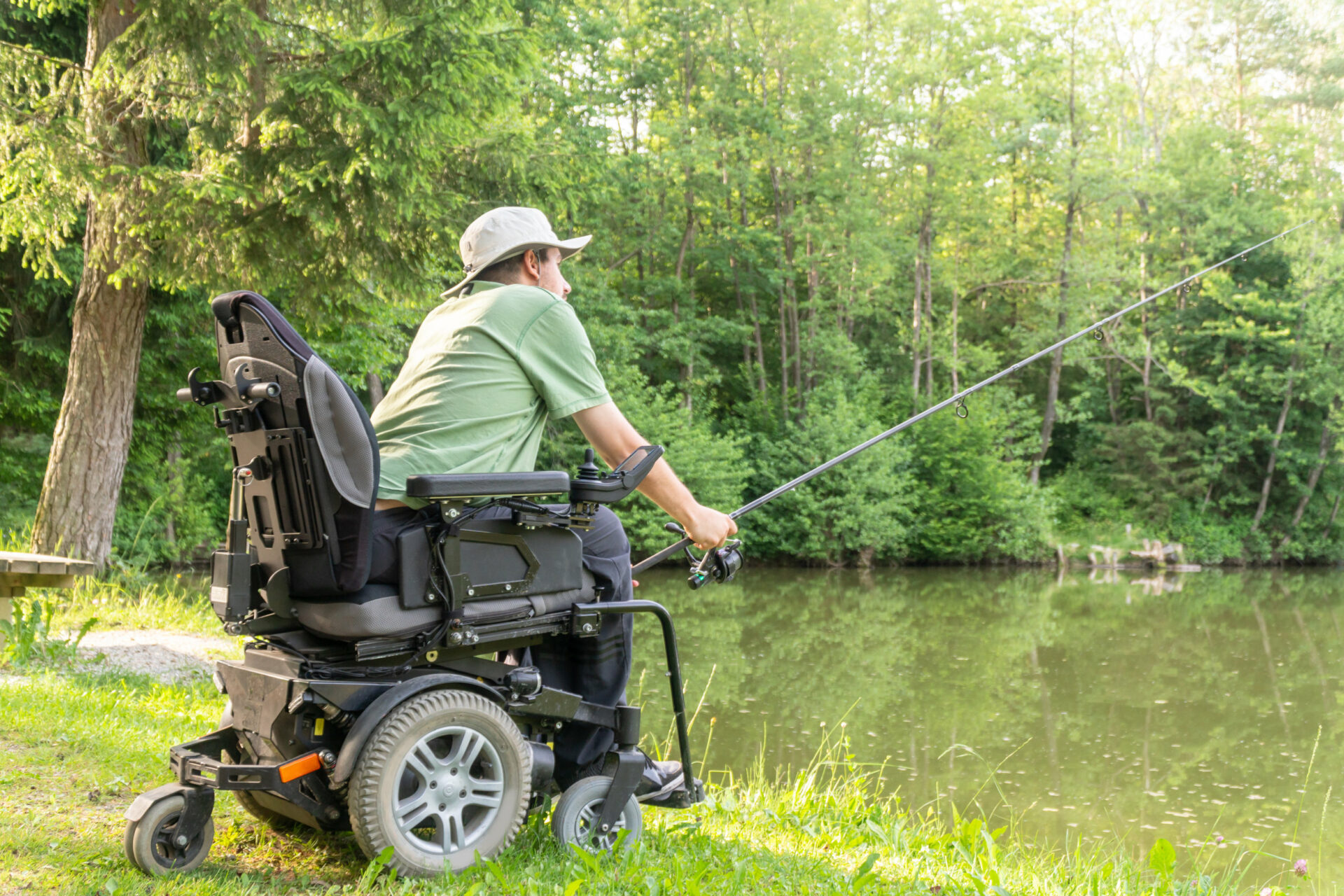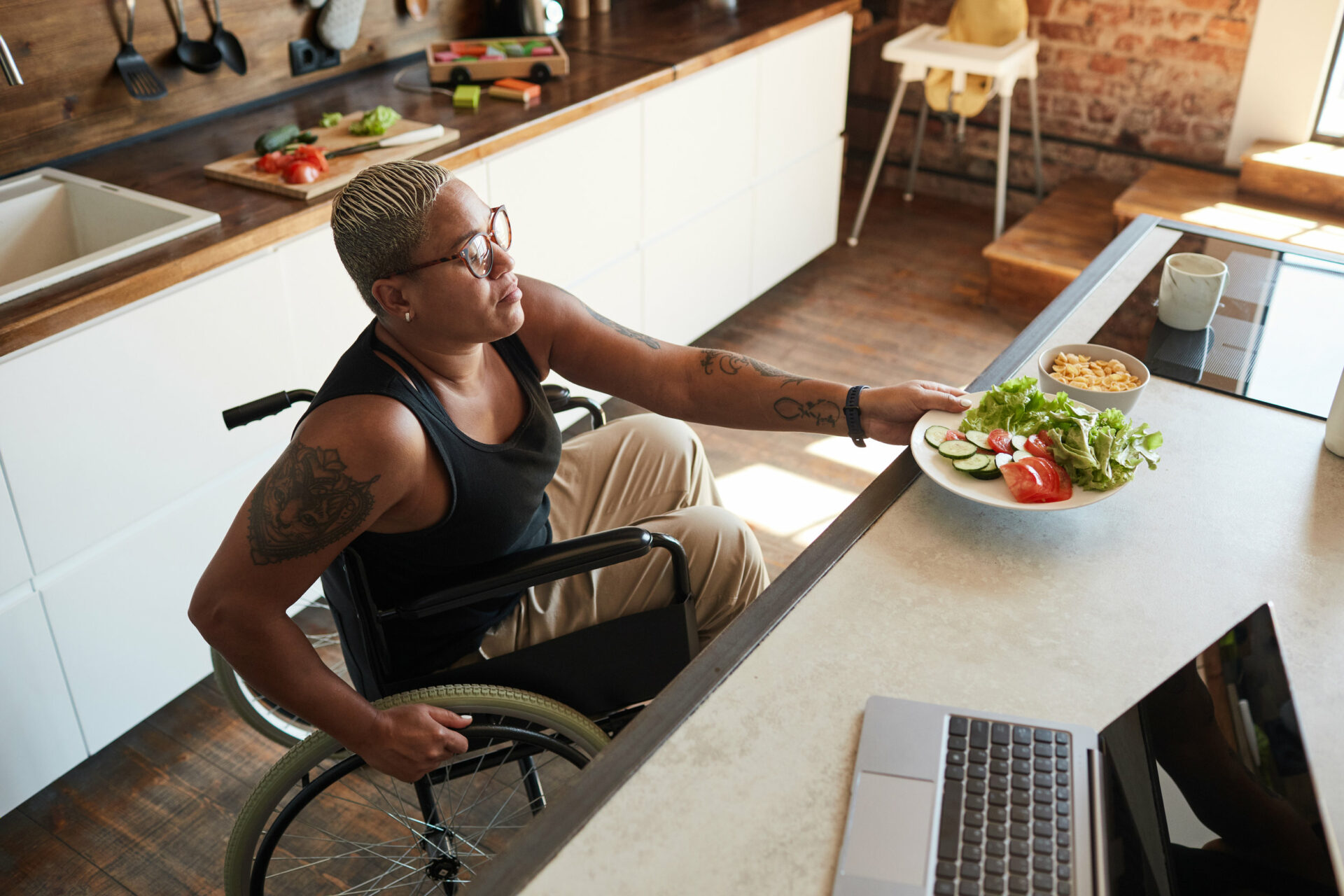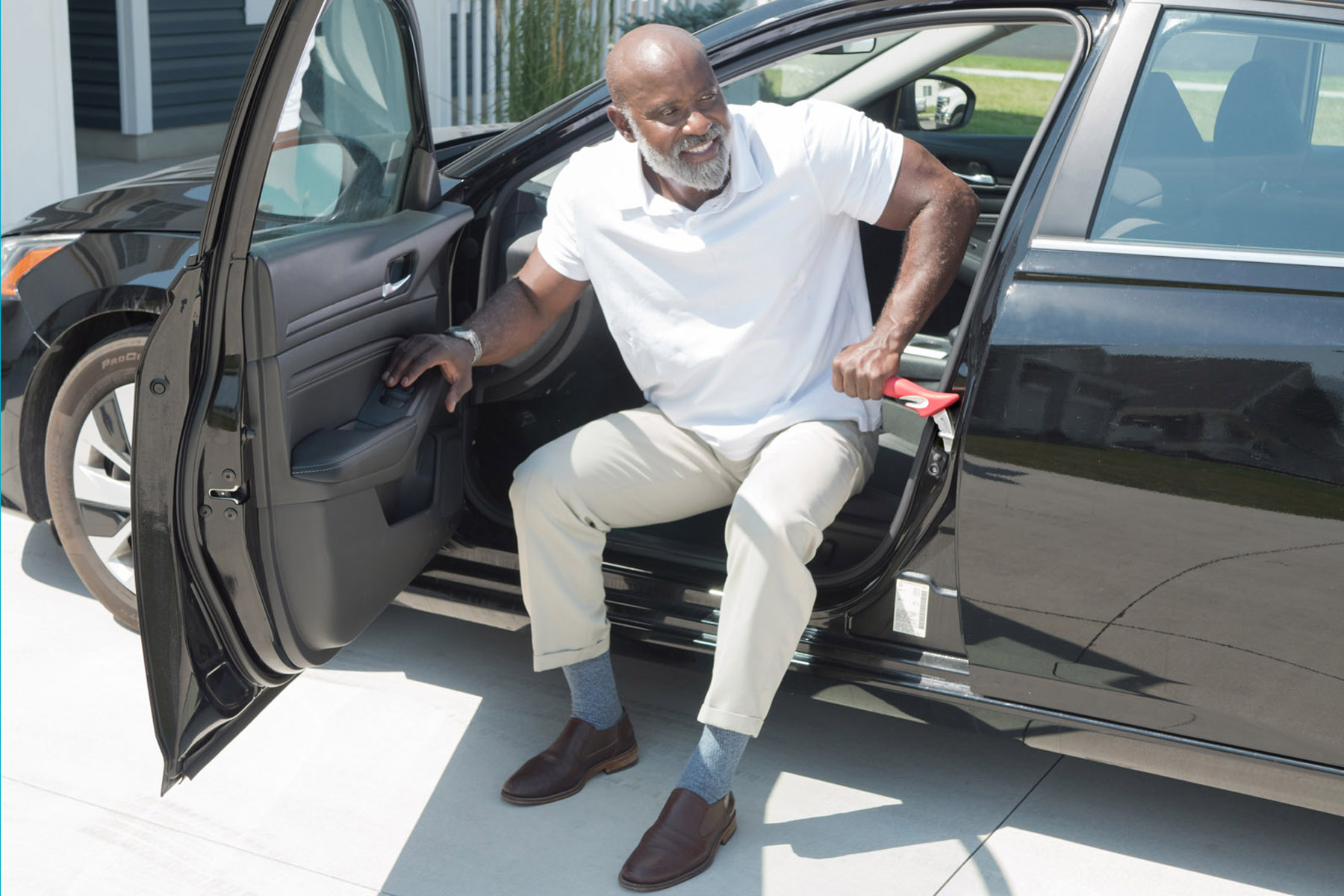In Canada, every June is Brain Injury Awareness Month. The reason we honor those with brain injuries is to shine a light on an often-invisible illness.
It all began when brain injury associations across Canada came together to enlighten people about a disability that affects more than 1.5 million people in often complicated, unique, and challenging ways.
Why Run These Campaigns?
By running these campaigns in national, provincial, and local areas, the hope is the existing obstacles and the prevalence of brain injuries will make people see the need for more services and support at all stages of brain injury recovery.
The people behind the scenes of Brain Injury Awareness Month ask you to follow them on social media. They also ask you use the hashtags #ShineALightOnBrainInjury, #BrainInjuryAcrossAmerica, and #BrainInjuryAwarenessMonth.
What’s a Helpful Resource?
Brain injuries can happen to anyone, anywhere, and at any time. One can find comfort in knowing there is support for people dealing with this obstacle. One fantastic website with information is braininjurycanada.ca.
You can find different ways to get involved including helping with campaigns and raising money for research. You can also become knowledgeable on brain injuries and how you can provide assistance and care. The website even has a section dedicated to health care professionals.
According to their website, Brain Injury Canada is a national charitable organization focused on education, awareness, and advocacy for the brain injury community. This resource site has been developed to be universally accessible and easy to navigate. It supports those living with acquired brain injury, their families/caregivers, and health care professionals. Prior to publication, all content on the website is first reviewed by one or more members of our Scientific Advisory Committee, all of whom have significant experience and are leading subject matter experts. Content is sourced using evidence-based resources included on source pages for your reference.
How We Can Help
At Next Day Access, we urge you to check out the Brain Injury Canada website. You can also help those suffering from brain injuries. Additionally, we at Next Day Access offer several different equipment and devices to help anyone living with a disability.
We understand how difficult it can be to adjust to a brain injury or any other form of disability. Our goal is to provide you or your loved ones with accessibility and mobility equipment to create a comfortable home. We offer equipment to help and home modifications to help keep loved ones safe at home. Contact us today and let us help.





